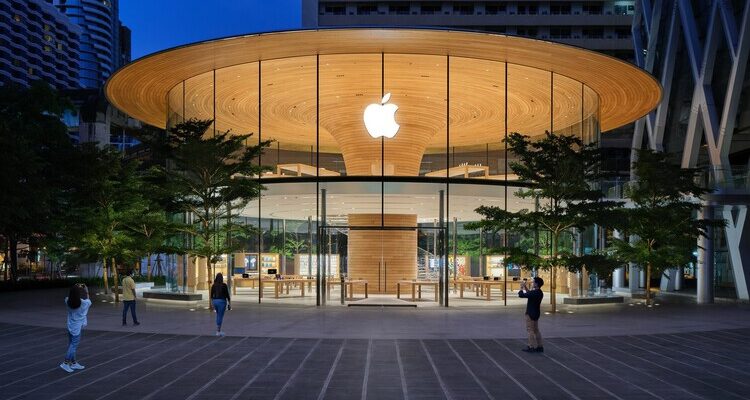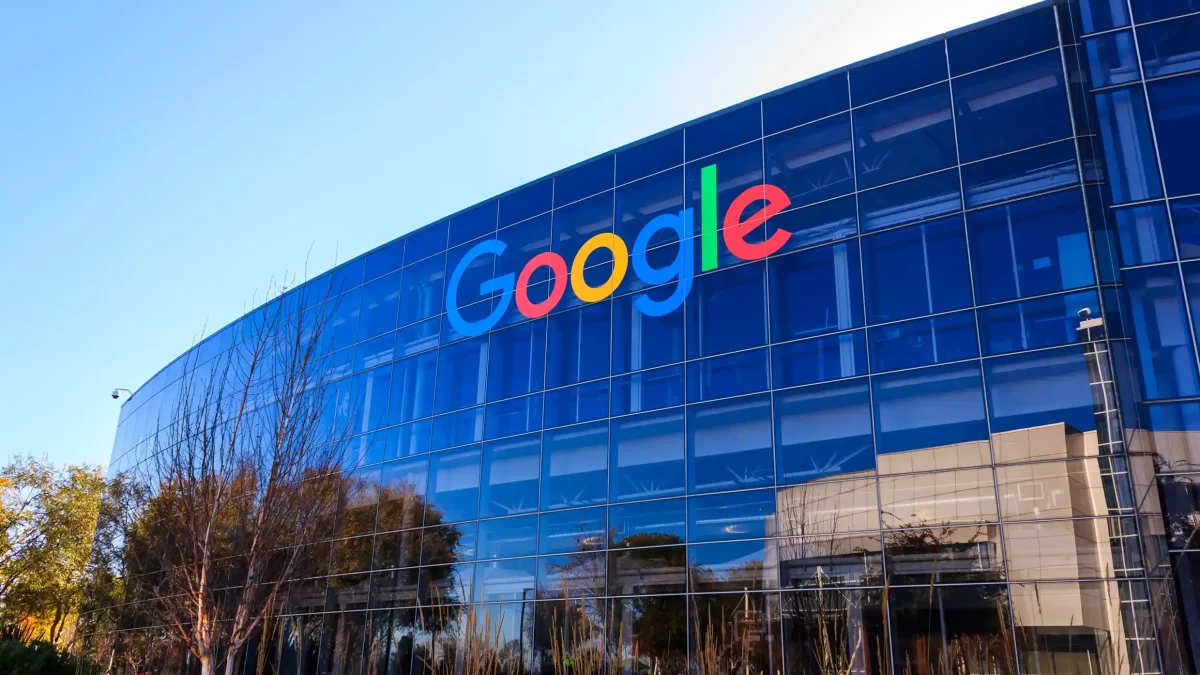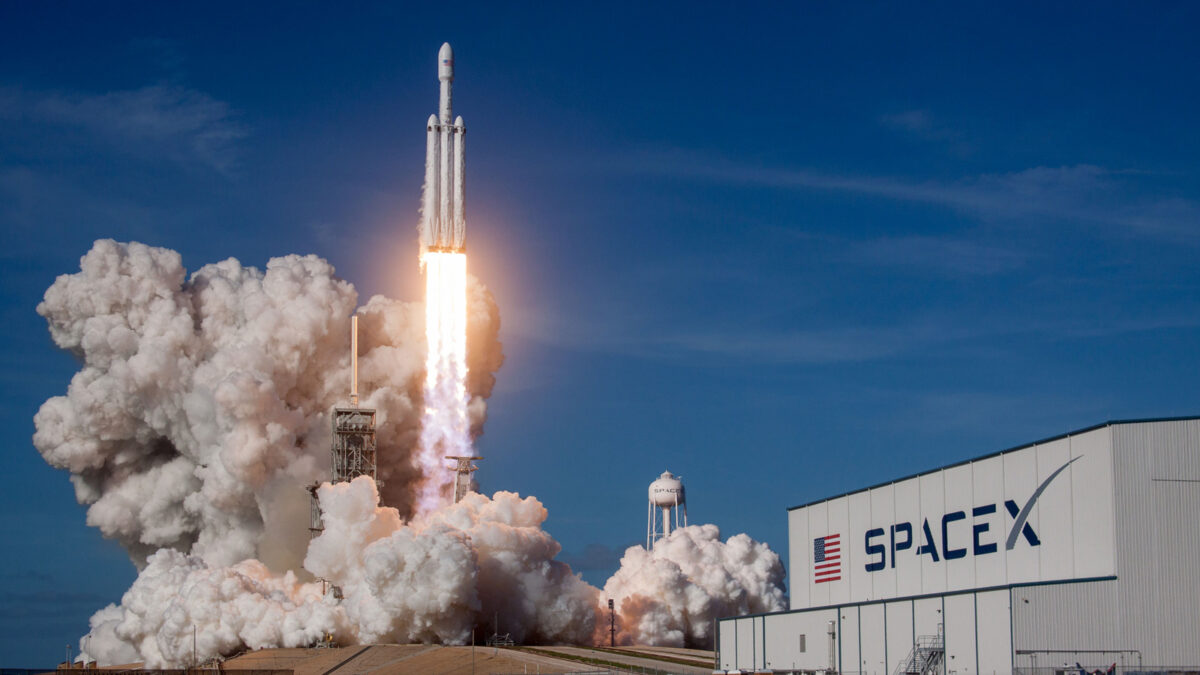Apple: From a Garage to a Global Empire of Innovation By Texas Startup Insider
In 1976, in a small garage in Cupertino, California, three visionary minds—Steve Jobs, Steve Wozniak, and Ronald Wayne—embarked on a journey that would forever change the world. From their humble beginnings creating personal computers in a suburban garage, Apple Inc. has grown into one of the most valuable companies on the planet, renowned for its innovation, design, and market-shaping products. Today, Apple’s devices are an integral part of daily life, and its ecosystem of products and services continues to set the standard for consumer electronics.
The Birth of Apple
The Apple story began with Steve Jobs and Steve Wozniak, two young engineers with a passion for technology and a shared belief that computers could change the world. In 1976, Wozniak designed the first Apple I computer, a prototype that was assembled by hand. Jobs, with his visionary flair for marketing, saw the potential of the product and convinced a local shop to sell the computers.
In the early days, Apple was a small operation. The co-founders worked out of Jobs’ parents’ garage, and it was there that they officially founded Apple Computer, Inc. The company’s first major product, the Apple I, was a success, but it was the Apple II, released in 1977, that truly catapulted the company into the spotlight. The Apple II was one of the first pre-assembled personal computers, and its success revolutionized the way people thought about computing.
The Macintosh: A Game-Changer
In 1984, Apple introduced the Macintosh, a personal computer that broke away from the traditional, complex designs of its competitors. The Macintosh was designed to be intuitive and accessible, featuring a graphical user interface (GUI) and a mouse—a radical departure from the command-line interfaces common at the time.
The launch of the Macintosh marked a defining moment in Apple’s journey, but the company faced growing competition from IBM and Microsoft. Despite strong initial sales, the Macintosh’s high price and limited software options prevented it from dominating the market. It was a difficult time for Apple, leading to internal struggles and, eventually, the departure of Steve Jobs in 1985.
The Return of Steve Jobs and the Rise of Apple
After Jobs left Apple, the company struggled to regain its footing. However, in 1996, Apple acquired NeXT, the company Jobs founded after his departure, bringing him back to the helm in 1997. Jobs’ return marked a turning point for Apple. He quickly implemented a series of bold moves, including streamlining the product line and focusing on innovation over diversification.
In 2001, Apple launched the iPod, a portable music player that would go on to revolutionize the music industry. The iPod’s success laid the foundation for Apple’s future products, but it was the iPhone, released in 2007, that would transform the company into a global phenomenon.
The iPhone: Revolutionizing the Mobile Industry
The iPhone was a game-changer. Combining a mobile phone, an iPod, and an internet browser into one sleek device, the iPhone disrupted the entire mobile phone market. Its user-friendly interface, combined with an App Store that allowed third-party developers to create and sell apps, set a new standard for smartphones. Apple’s strategy of creating an ecosystem around its devices—where hardware, software, and services worked seamlessly together—set it apart from competitors.
The success of the iPhone sparked a new era in mobile technology and established Apple as a dominant player in the tech industry. Over the years, Apple has continued to innovate with the iPhone, introducing new features like the Retina Display, Face ID, and the transition to custom-designed chips like the A-series processors.
Beyond the iPhone: Apple’s Expanding Ecosystem
While the iPhone remains Apple’s flagship product, the company has expanded its offerings to include a diverse range of devices and services that form the backbone of its ecosystem:
iPad (2010): The tablet that defined a new category of computing, bridging the gap between smartphones and laptops.
Apple Watch (2015): A wearable device that integrates seamlessly with other Apple products, driving the company’s entry into the health and fitness space.
Apple Services: Apple has also invested heavily in services, including Apple Music, Apple TV+, Apple Pay, and iCloud, further strengthening its ecosystem and generating recurring revenue.
Apple in Texas: A Hub for Innovation
Texas has long played a significant role in Apple’s operations. The company has a major presence in Austin, where it operates one of its largest campuses. Austin has become a major tech hub, attracting not only Apple but also other Silicon Valley giants.
Apple has expanded its presence in Texas over the years, with facilities in cities like Austin, Plano, and McKinney. The company’s investment in Texas has created thousands of jobs, ranging from engineers and software developers to marketing and customer service professionals. Apple’s growing presence in the state is a testament to Texas’s thriving tech ecosystem and its ability to attract world-class companies.
Challenges and Innovations
Despite its remarkable success, Apple has faced its share of challenges. The company has been involved in legal battles over patent infringement, privacy concerns, and antitrust investigations. Additionally, Apple’s strict control over its app ecosystem has drawn criticism from developers and regulators alike.
However, Apple’s commitment to innovation has allowed it to overcome these obstacles. The company remains at the forefront of technological advancements, including in areas such as artificial intelligence, augmented reality, and sustainability.
Lessons for Texas Entrepreneurs
Apple’s journey offers valuable lessons for startups in Texas:
Focus on Design and User Experience: From the sleek design of the iPhone to the intuitive interface of its software, Apple has always prioritized user experience.
Innovation is Key: Apple’s success is rooted in its ability to consistently innovate, whether through product development or business strategy.
Build an Ecosystem: Apple’s integrated ecosystem of products and services is one of its greatest strengths. Startups should think about how they can create value by connecting their offerings into a seamless whole.
The Future of Apple
As of 2024, Apple continues to innovate with the introduction of new products and technologies. The company is investing heavily in Augmented Reality (AR), AI, and healthcare technologies, with the hope of redefining the way we interact with the world. Apple’s foray into autonomous vehicles, powered by its Project Titan, signals that the company is not afraid to venture into new industries.
For Texas entrepreneurs, Apple’s journey is a testament to the power of innovation, design, and the pursuit of excellence. What began as a small startup in a garage has become a global powerhouse—and it all started with a bold vision.
What's your reaction?
Excited
0
Happy
0
In Love
0
Not Sure
0
Silly
0







